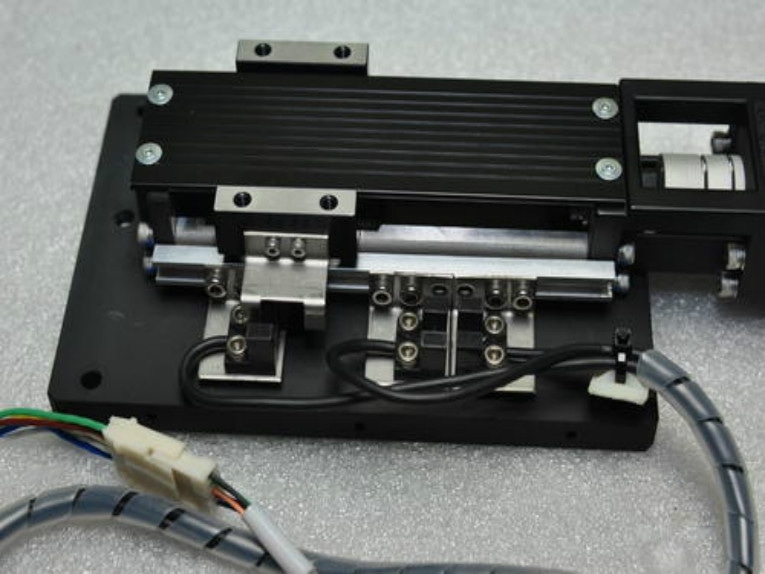Motive power source, means of transmission, bearing or guidance, frame or support structure, position feedback (in most cases).
Another area of Mechatronics that is very confusing is the area of actuators. The problem is that you can buy actuators that are assemblies of several components, or you can buy the components, and they’re all called actuators. This is traditionally an ambiguous area of mechatronics and I will try to add a little definition to help clarify things a bit.
An actuator assembly is made up of 5 different technologies integrated into a package. These 5 are: motive power source, means of transmission, bearing or guidance, frame or support structure, position feedback (in most cases).
So an actuator assembly can have many components. Each one needs to be understood in terms of its contribution to the overall result. But with actuator assemblies, the integration engineering has been done by the supplier so that you don’t have to. Most of the time this is the most cost effective and convenient way to deal with the requirement of a specific application.
But many times the pre-engineered solution involves some compromises. That’s totally fair since the solution offered by a supplier must be suitable to a number of different requirements. If an off the shelf solution fits, or you can make it fit, then you’re “good to go”.
But if you are having trouble finding an “off-the-shelf” solution, navigating the technology solutions that exist can be a daunting task. Actuator technology is an excellent example of the intersection of many diverse technologies that is characteristic and challenging in mechatronics.
Motive Power can be electric motors, air and hydraulic motors or air and hydraulic cylinders.
The Means of Transmission in the motor cases will require a mechanical rotary to linear conversion, either belt and pulley, leadscrew and nut, or rack and pinion. Cylinder actuators do not require the conversion, but cannot take mechanical advantage as the rotary systems do, so as the force needed increases the size of the cylinder increases with it.
Bearings are a big topic on their own, but in the actuator linear bearings are usually ground rod with ball cages or square cross roller types.
The frame or support structure is whatever is needed to mount the parts together. Leadscrew systems are fairly simple as they pose no particular stress components, just passive weight loading. Belts and pulleys must be tensioned and the support system must be able to handle the tensioning load without deflection.
Feedback requirements are another broad topic because the feedback device must interface to a controller. Typically the focus of feedback is accuracy but sometimes too much accuracy can cause problems. The other major consideration is the operating environment. High temperature or harsh atmospheres will restrict what technology solutions are appropriate.
Post time: Apr-20-2020








